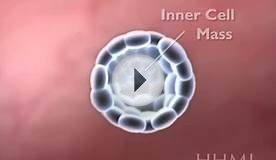Bioecological Model of Human development
 Author:Urie Bronfenbrenner and Pamela A. Morris
Author:Urie Bronfenbrenner and Pamela A. Morris
Organisation: Handbook of Child Psychology
Method: Creative thinking
Theme: Public Good
Type: Other publication
Language: English
Tags: Bioecological, Context, Macrosystem, Microsystem, Person, Proximal processes, Time
The bioecological model is an evolving theoretical system for the scientific study of human development over time. The model presented in this chapter represents major theoretical innovations from the 1983 chapter in both form and content. The new model is not a paradigm shift, but rather represents a transition from a focus on the environment to a focus on proximal processes as engines of development. We begin with the defining properties of the model, which involves four principal components (process, person, context, and time), and the dynamic, interactive relationships among them. We then turn to the research designs required for testing the model. In doing so, we not only present the next stage in the evolution of an ecological theory of human development, but we also document the requirements for conducting developmental research in the discovery mode. We conclude with a look to the future—and what the bioecological model means for the future development of our species.


|
Administration views on global climate change: hearing before the Subcommittee on Economic Policy, Trade, and Environment of the Committee on Foreign ... Third Congress, first session, May 18, 1993 Book (Nabu Press) |